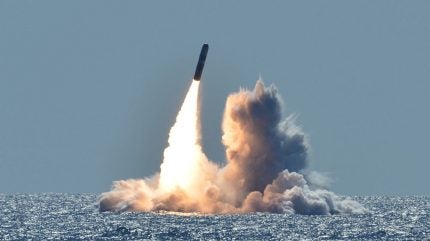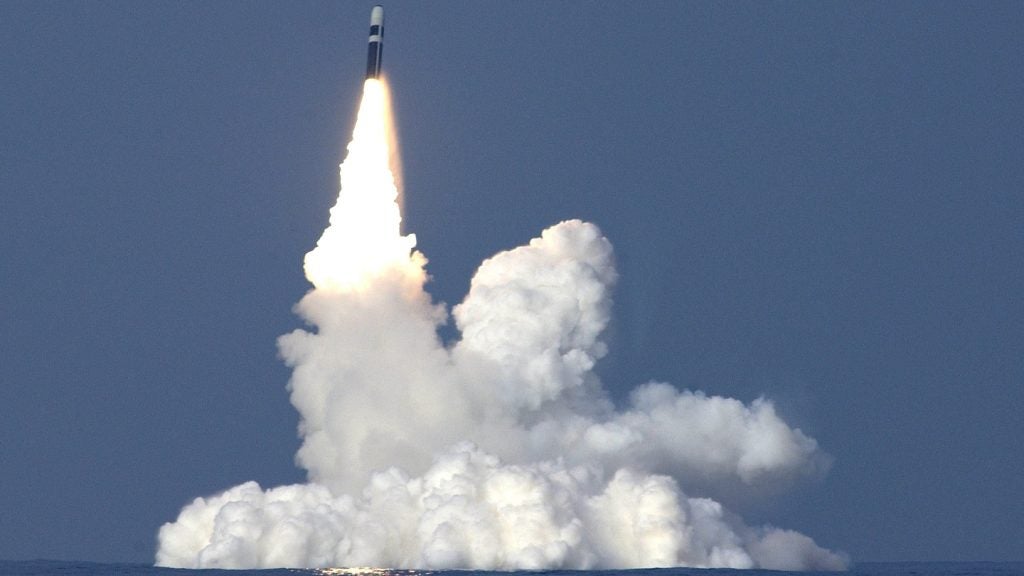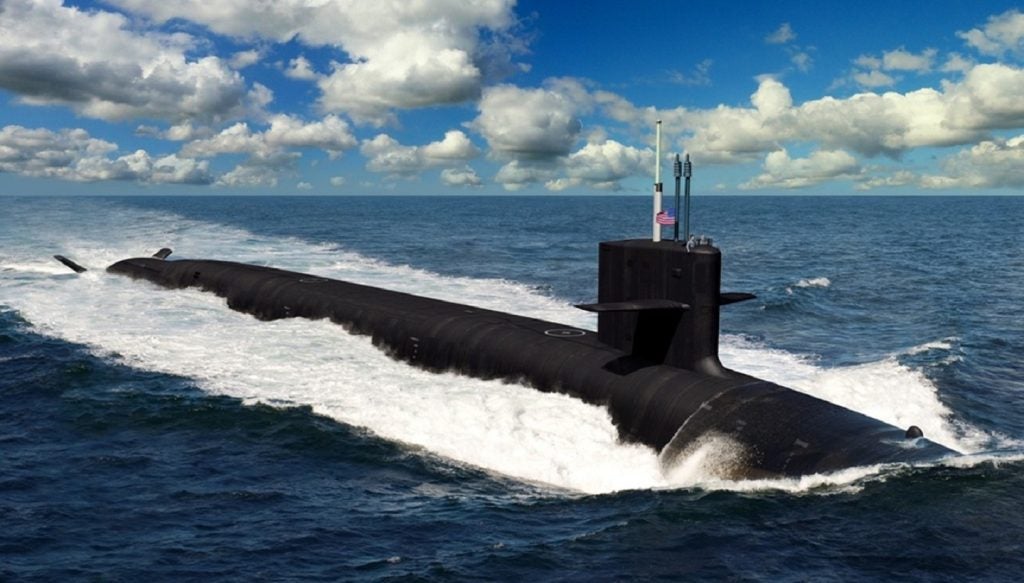
The US Department of Defense (DoD) has awarded Lockheed Martin over $3bn in two contracts for the production, support, and development of Trident II D5 missile systems.
These contracts reflect the critical role of the Trident programme in US and UK defence strategies and the ongoing modernisation of nuclear deterrents.
The US DoD awarded Lockheed Martin two contracts worth approximately $3.3bn to support the Trident II D5 missile programme, a foundation of the US Navy’s deterrence force, with implications for domestic and allied UK defence capabilities.
The first contract, valued at $2.1bn, was awarded to Lockheed Martin Space, based in Titusville, Florida. This hybrid contract’s primary focus is on the production and deployed systems support of the Trident II D5 missile and the development of the Warhead 93/Mark 7.

The contract includes a Foreign Military Sale (FMS) to the United Kingdom, showing the continued collaboration between the US and the UK in maintaining their nuclear respective deterrent forces. Work under this contract is spread across 11 states, with major operations in Denver, Colorado (24%), Valley Forge, Pennsylvania (19.3%), and Titusville, Florida (14.5%), among others. It is expected to be completed by 30 September, 2029.
A second award, worth $1.17bn, was granted to Lockheed Martin’s Rotary and Mission Systems division, based in Mitchel Field, New York. This contract focuses on providing fleet support for the Strategic Weapon System Trident, explicitly targeting the Trident II shipboard integration increment eight and the development of navigation subsystems.
This award also includes an FMS component for the UK and stretches work completion through 29 September, 2031. Mitchel Field (77%) and Huntington Beach, California (20%) are key work locations.
Lockheed Martin, the longstanding lead contractor on the Trident II D5 programme, is central to the missile system’s advancement and operational support. Last year, the US Navy’s Trident II programme received $4.4bn in contracts awarded to Lockheed Martin and the Charles Stark Draper Laboratory.
UK’s commitment to nuclear deterrence amid upgrades
These awards indicate the Trident II D5’s role in the US Navy’s sea-based deterrent capabilities. The system, deployed on Ohio-class ballistic missile submarines, is a component of the US nuclear triad, ensuring the ability to launch a nuclear response from land, sea, or air.
It is known that the Columbia-class will be armed with conventional torpedo tubes and 16 vertical launch tubes for nuclear-armed Trident D5 ballistic missiles, as GlobalData’s intelligence on the US defence market highlights.
The Trident programme is equally crucial for the United Kingdom, as it supports the country’s independent nuclear deterrent through its Vanguard-class submarines.

As the UK prepares for a new era of nuclear deterrence, the Royal Navy’s existing capabilities are upgrading alongside the development of next-generation submarines and warheads. In March, Babcock announced a £560m ($707m) contract for a life extension and maintenance programme for the HMS Victorious, a Vanguard-class nuclear-powered ballistic missile submarine, ensuring its service well into the 2030s.
This follows the recent completion of similar upgrades on HMS Vanguard, essential for maintaining the UK’s Trident II D5 missile system. Meanwhile, the Dreadnought-class submarines are under construction to replace the Vanguard class.
However, recent test failures of the Trident II D5 missiles have raised concerns about the reliability of the UK’s nuclear deterrent.
Then Labour leader, now Prime Minister Keir Starmer reinforced his commitment to the UK’s nuclear deterrent, asserting a “triple lock” promise to maintain and build four new Dreadnought submarines during a speech in Greater Manchester on June 3, 2024.
Additional reporting by Richard Thomas.



